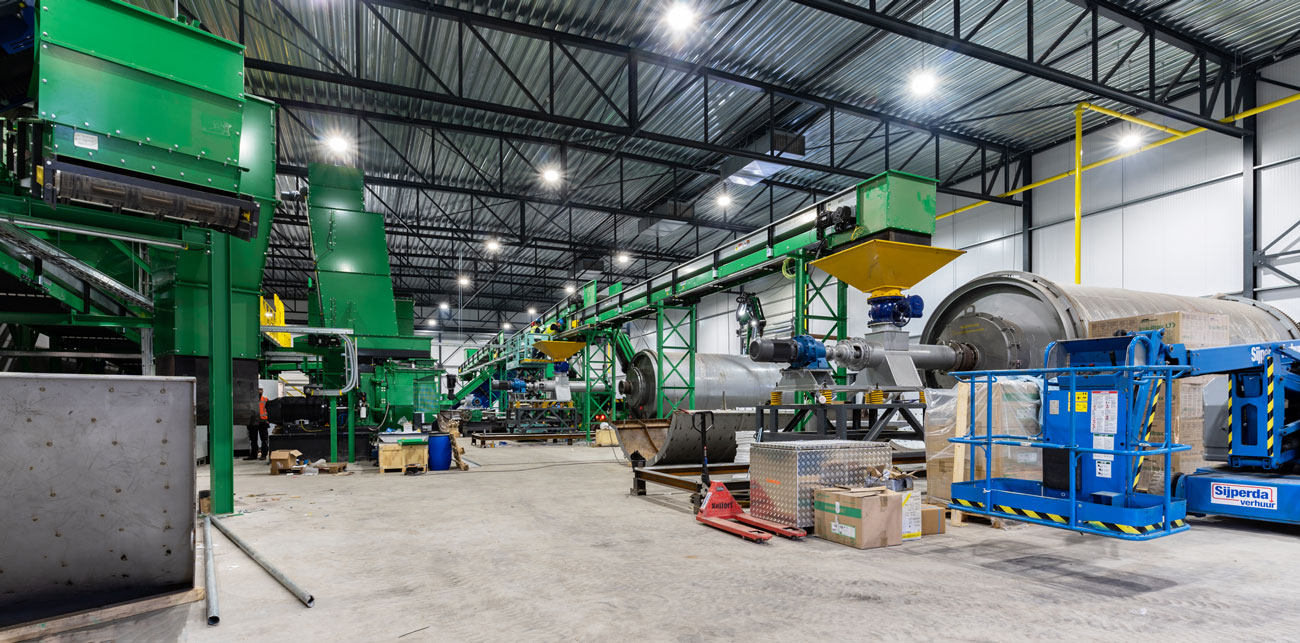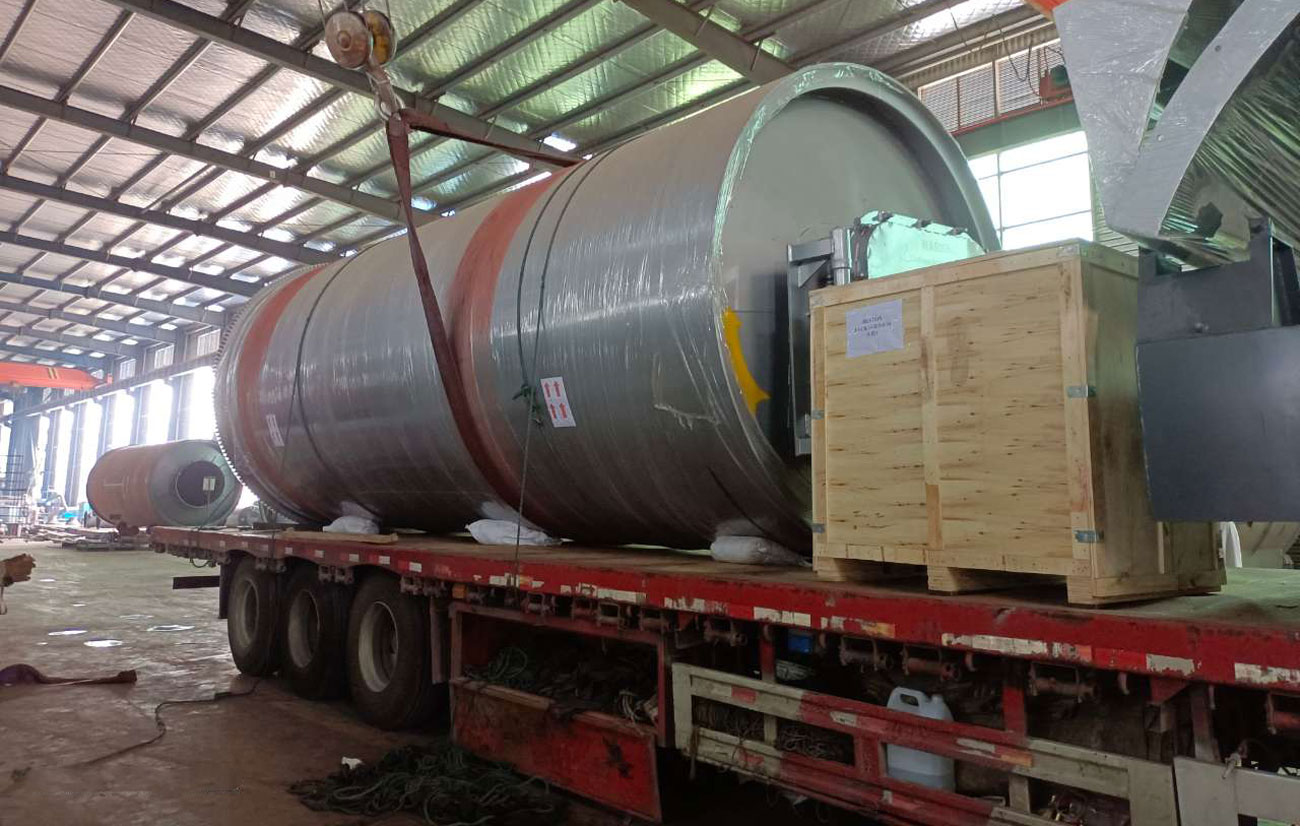If you are considering venturing into the waste management or renewable energy industry, you might have come across the term “semi-continuous pyrolysis plant.” But do you really need one? In this post, we will explore the features and benefits of a semi-continuous pyrolysis plant to help you determine if it aligns with your business goals and requirements.
- Continuous Processing: One of the key advantages of a semi-continuous pyrolysis plant is its ability to operate continuously. Unlike batch-type plants that require intermittent loading and unloading, a semi-continuous plant allows for a more streamlined and efficient process. This translates to higher productivity, reduced downtime, and increased overall output.
- Flexible Capacity: Semi-continuous pyrolysis plants offer flexibility in terms of processing capacity. They typically have a larger capacity than fully continuous plants but smaller than batch-type plants. This makes them suitable for businesses with moderate waste volumes or those seeking a middle ground between high-volume operations and more manageable processing levels.
- Better Heat Utilization: Semi-continuous pyrolysis plants are designed to optimize heat utilization. They often employ advanced heat recovery systems that capture and reuse excess heat generated during the pyrolysis process. This energy-efficient approach can lead to cost savings in terms of fuel consumption and contribute to a more sustainable operation. Contact manufacturers to get the pyrolysis reactor types.
- Enhanced Process Control: With semi-continuous plants, operators have more control over the process parameters. They can adjust feeding rates, temperature, and other variables to optimize the conversion of waste materials into valuable products, such as fuel oil, carbon black, or syngas. This control allows for better product quality and consistency, which can be advantageous when targeting specific market segments.
- Cost-Effectiveness: While semi-continuous pyrolysis plants typically have higher initial investment costs than batch-type plants, they can offer better cost-effectiveness in the long run. Their continuous operation leads to higher productivity and reduced labor requirements, which can offset the initial investment over time. Additionally, the optimized heat utilization and process control can result in higher yields and improved profitability.
- Market Demand and Expansion: Consider the market demand for the end products of a pyrolysis plant. If there is a growing demand for the products derived from waste materials in your target market, a semi-continuous pyrolysis plant can position you to meet that demand effectively. Furthermore, the semi-continuous design allows for potential expansion in the future, enabling you to scale up your operations as your business grows.


Ultimately, the decision to invest in a semi-continuous pyrolysis plant depends on various factors, including your waste volume, processing needs, market demand, and long-term growth plans. Carefully evaluate your requirements, conduct market research, and consider the benefits of semi-continuous operation to determine if it is the right fit for your business.
Remember, a thorough analysis of your specific circumstances and goals is essential before making any investment decisions. With the right choice of plastic pyrolysis plant for sale, you can unlock the potential of waste materials, contribute to a sustainable future, and build a profitable and environmentally conscious business.